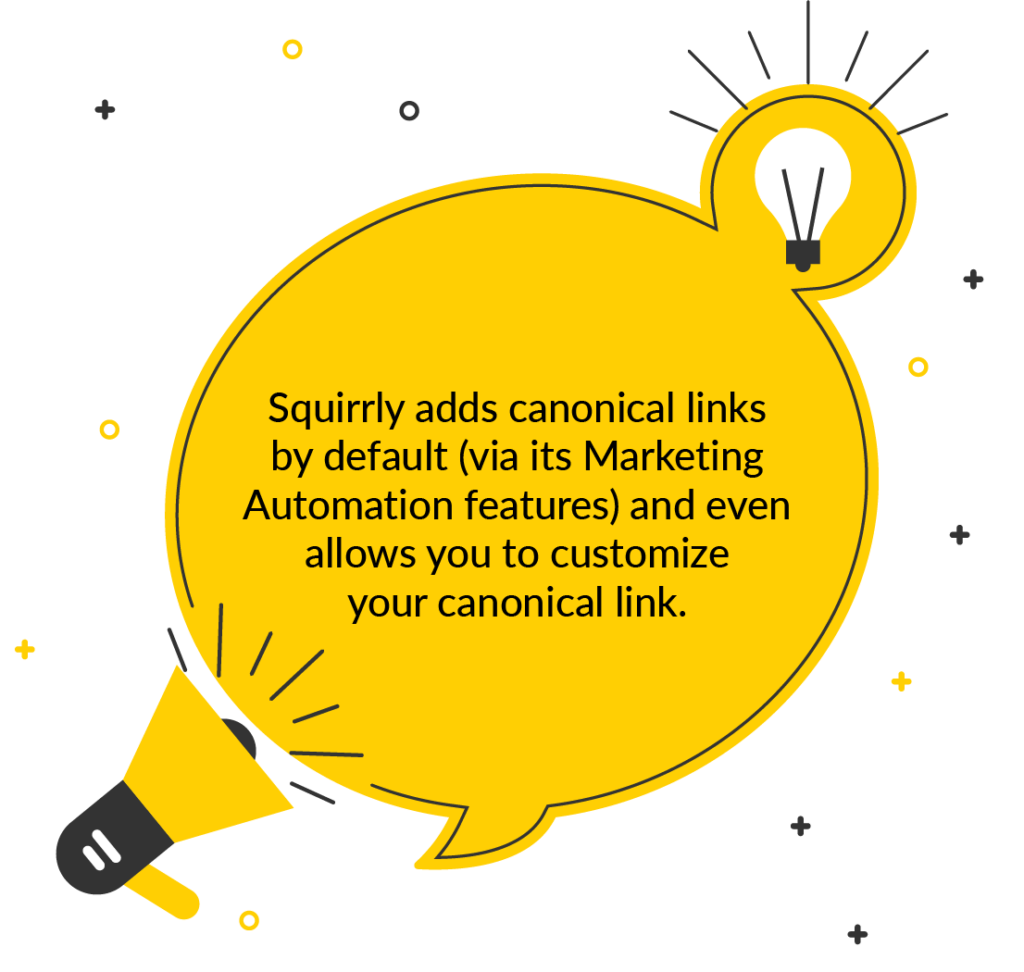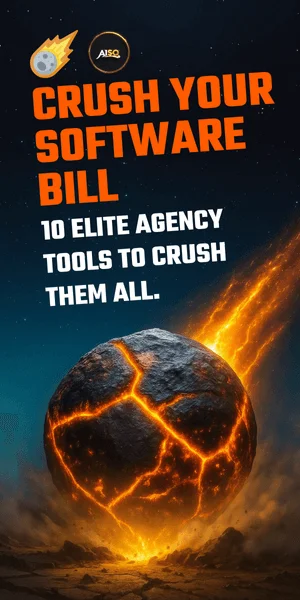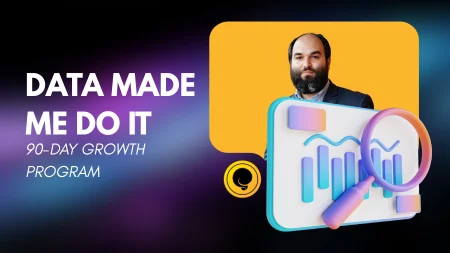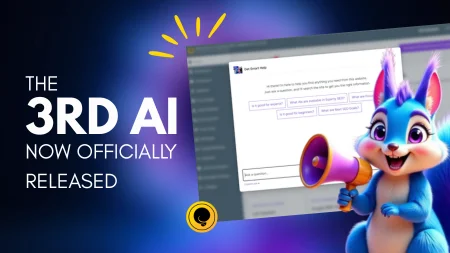1. Duplicate content across your pages
Duplicate content across your pages happens when you have the same page or the same blog article repeated multiple times on many different URLs of your website.
Let’s say you have an article called:
“7 Lessons My Dog Taught Me About Life“
If the URL “site.com/my-dog” AND the URL “site.com/lessons/ teachings” both open the SAME web content, then you have this kind of Duplicate Content and Google will hate your site for it.
I’m not even kidding or anything. At one point, a famous digital marketing expert got TechCrunch a 34% increase in organic search traffic just by fixing this type of duplicate content. It meant hundreds of thousands of extra visits for the Blog.
So, yes, take this seriously.
Do you know what major CMS platform generates TONS of such duplicate content on their customers’ sites?
Shopify!
Shopify creates this. Just Look:

onegeek.shop/collections/overwatch-wallets/products/overwatch-wallet-orisa
onegeek.shop/products/overwatch-wallet-orisa
Both open up the same – the EXACT same – content.
This is a great example!
Look at the URLs of the two cases.
However, the OneGeek.shop online store built on Shopify is 100% safe from Google penalties because Shopify added a CANONICAL link from the first URL to the second URL.
What does this mean to Google?
It means that the first page tells Google to pay it no mind at all and to kindly go and index (and rank) the second page.
Yes, Shopify has you covered.
Does WordPress have you covered?
NO. That’s one of the reasons why you need the Squirrly plugin on your WP site.
Squirrly adds canonical links by default (via its Marketing Automation features) and even allows you to customize your canonical link.

Only with Squirrly does WP have you covered.
So, I’ve talked to you about the First Type of Duplicate Content.
There’s one more thing I MUST mention here at this type of Duplicate Content!
Sometimes, you might publish the same article to two blogs that you own.
2. Duplicate Content Across Multiple Sites Where You Post Content.
Maybe you publish the “7 Lessons My Dog Taught Me About Life “ blog post I gave as an example above to your website’s blog and ALSO to a Medium or a LinkedIn blog.
This will also be Duplicate Content and Google will still hate it.
The way to fix it is also via canonical link.
Sometimes, however, Google will ignore the canonical link. We’ve seen it happen a couple of times, on different domains.
One other way you can publish the same content to different sites you own is by using the methods I show inside my Thin Content blog post.
The method I outline there is important to use in these types of situations, as it guarantees the original will be “unharmed”.
3. Duplicate Meta Content Across Your Pages
This one is also really bad to have.
Almost every website in the world has this. Especially the websites which have over 100 URLs.
Squirrly PRO helps you avoid this in a number of ways:
- warns you about it in the SEO Audit;
- uses sophisticated Automation features to avoid these problems.
There can be duplicate META titles across your pages. This will mean that multiple pages on your site have the SAME TITLE. This can be super confusing for both Humans and search engines.
With a report like Squirrly SPY, you’ll easily spot ALL the duplicate META content on your site or the site of your competitor.
I’ve found many duplicate META problems on a lot of big sites when I opened the reports from this video.
There can also be Duplicate META Descriptions across multiple pages.
In this guide, I already taught you what the meta descriptions are. Google doesn’t like it when it sees the same description on multiple pages that you own.
These are things you must correct if you expect great SEO results.
4. Duplicate code (meta code) Inside Any One Page
Well, maybe you’ve managed to avoid the other two types of Duplicate Content, but this other one is often found on WordPress sites because you’ll have themes and plugins adding the EXACT SAME codes to your page’s source code.
Now, if you’re an absolute beginner to the Internet, this term (source code) might scare you.
But the source code is the bone structure of each page on your WordPress site. Just like bones are under your beautiful skin, can’t be seen, but are of utmost importance … so is the source code. It’s of utmost importance, yet it’s hidden away.

All you see when you look at your page is what WordPress renders for the page, with a beautiful interface, bells, and whistles.
However, the source code dictates a lot of important things.
Every single setting you make on WordPress to boost your SEO, via the SEO Configuration section of Squirrly, is reflected in the source code:
- canonical link;
- title;
- META title;
- META keyword;
- META Description;
- JSON-LD: schema.org implementation for semantic SEO;
- Open Graph (which makes your pages look beautiful when shared to Facebook);
- Twitter Cards (which makes your pages look sharp when tweeted by your users);
- Pinterest Rich Pin codes (to make your pages look Re-Pinnable on Pinterest);
- and many others.
Now, you need to keep in mind that many plugins and themes from your WordPress will mess up your source code (your bone structure! ouch!).
That’s because each of them will try to add its own code.
We’ve seen sites with 4 different Open Graph definitions on the same page.
Or with 5 Google Analytics tracking codes on the same page!!!
Squirrly does try to protect you against these and it does 90% of the times, through its Duplicate Remover Features.
However, some things are so tricky that we had to add another LAYER of protection to your WordPress site: the Run SEO Test feature.
This uses a different set of detection algorithms than Squirrly’s Duplicate Remover. Find it in: Squirrly SEO > Overview section.
So, whatever the Remover can’t remove, this scanner will show you and tell you how to get it removed.
WordPress is a crazy jungle, I know.

















